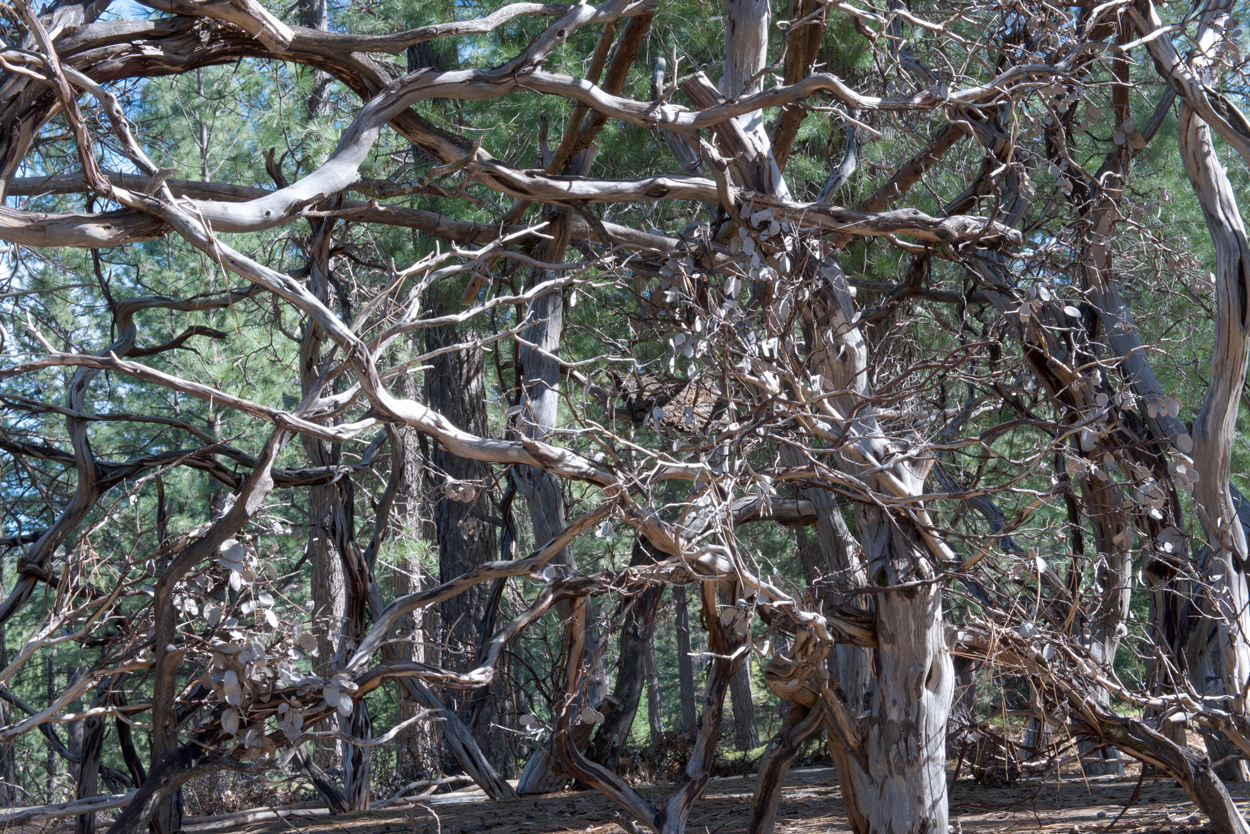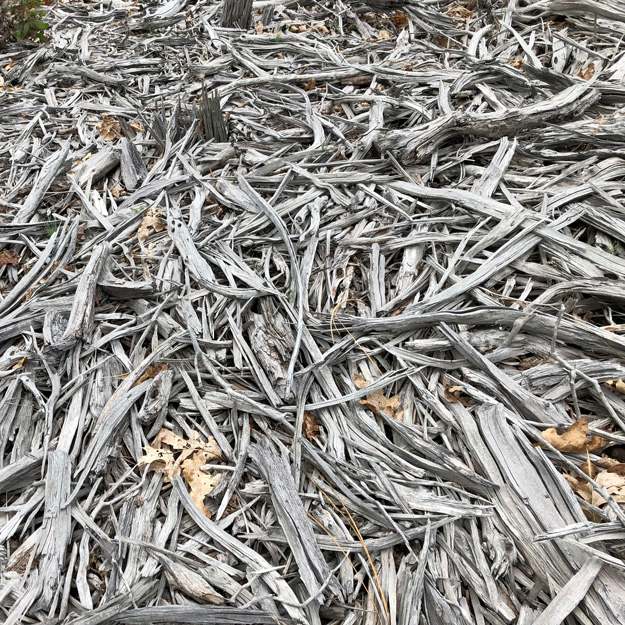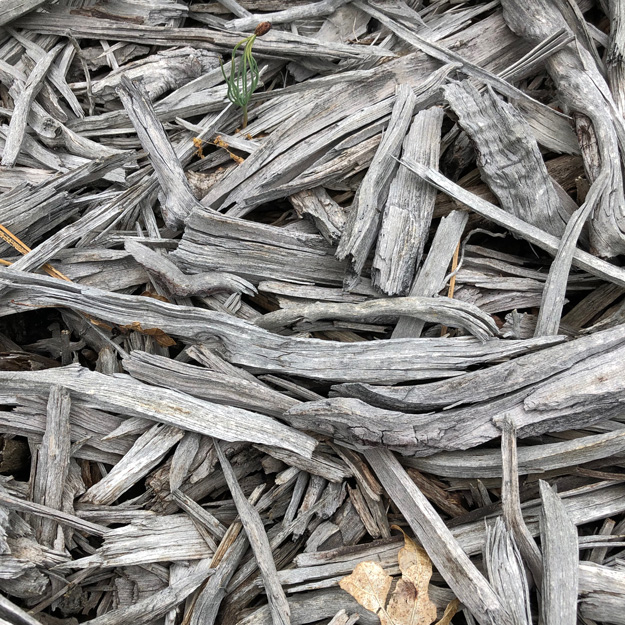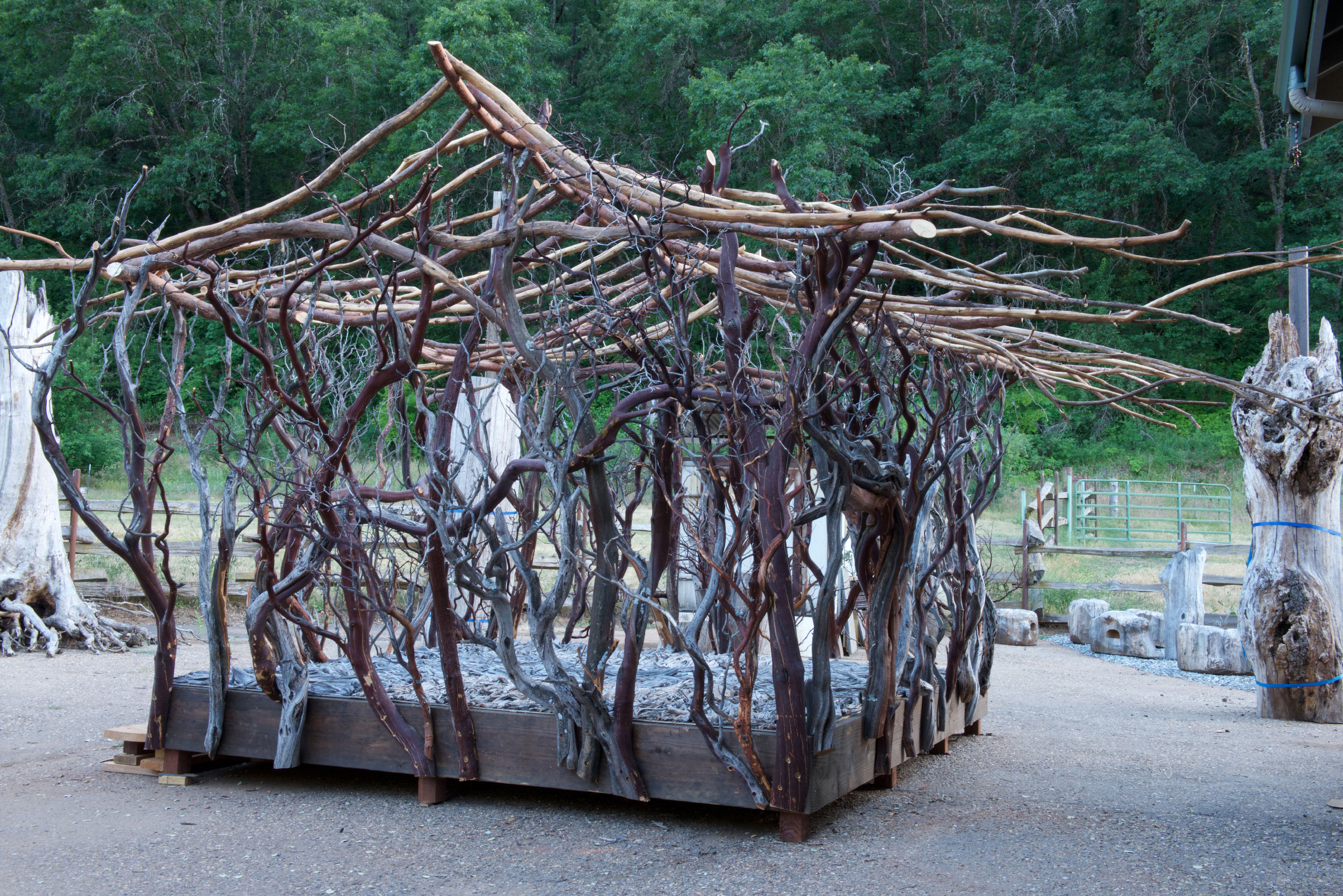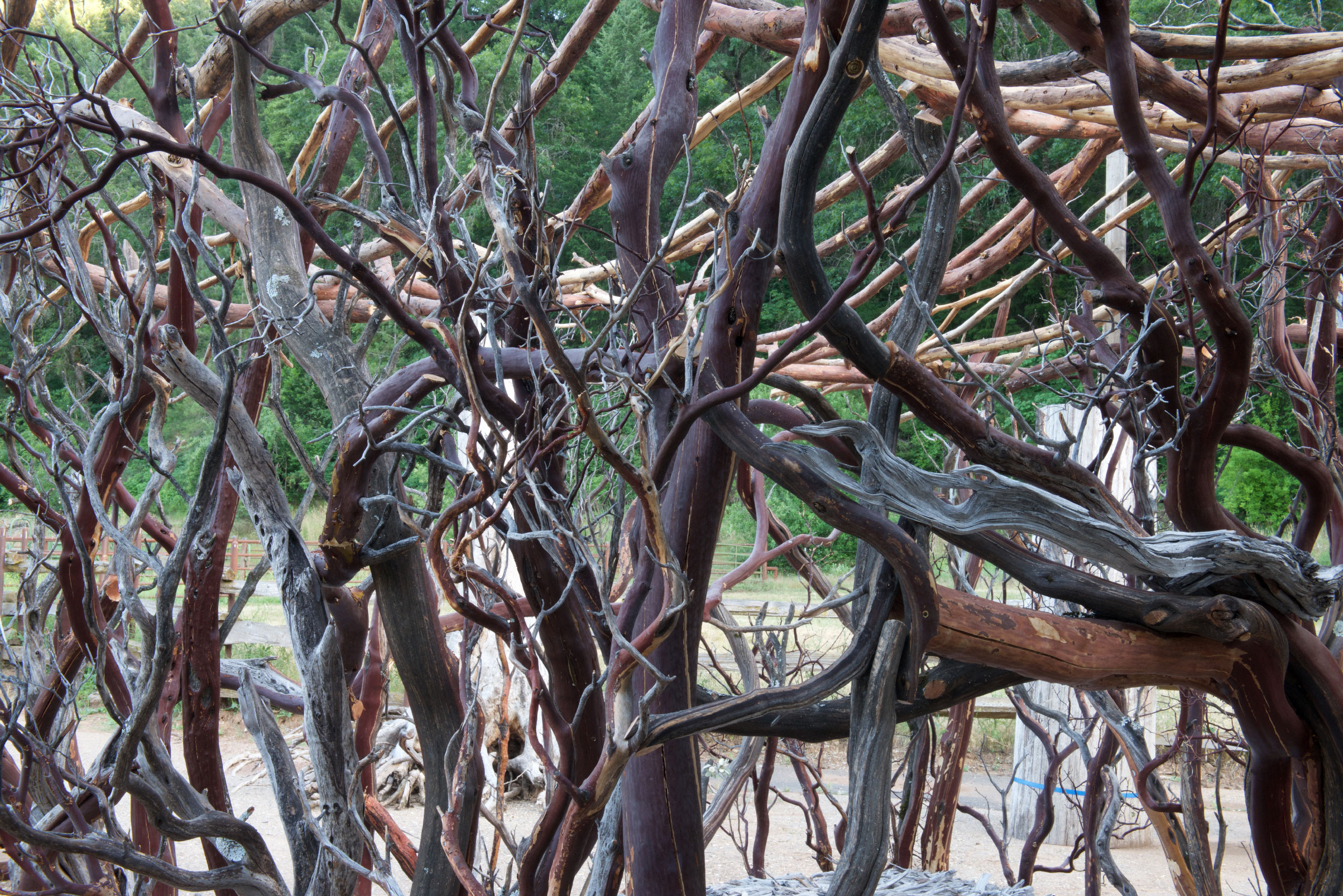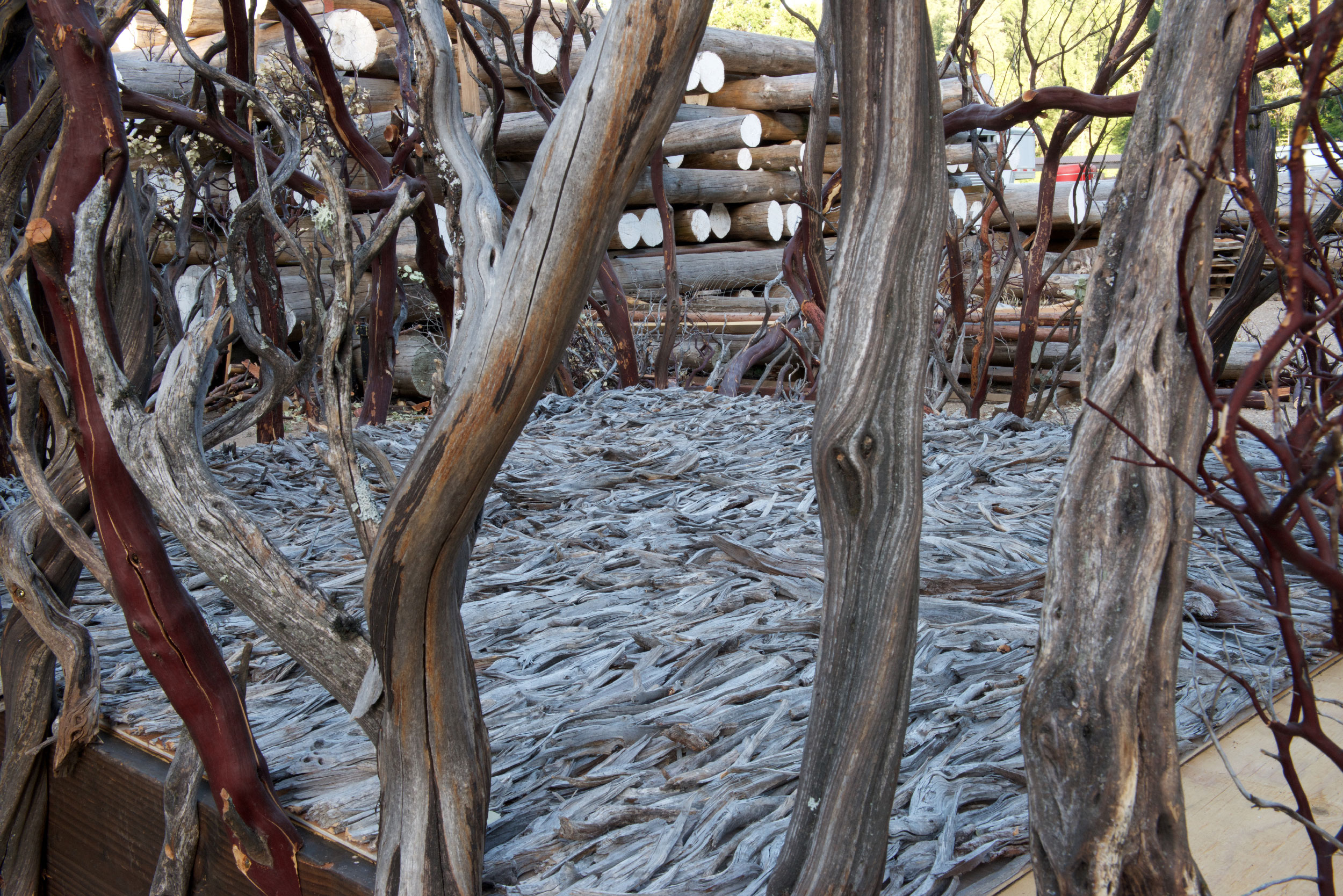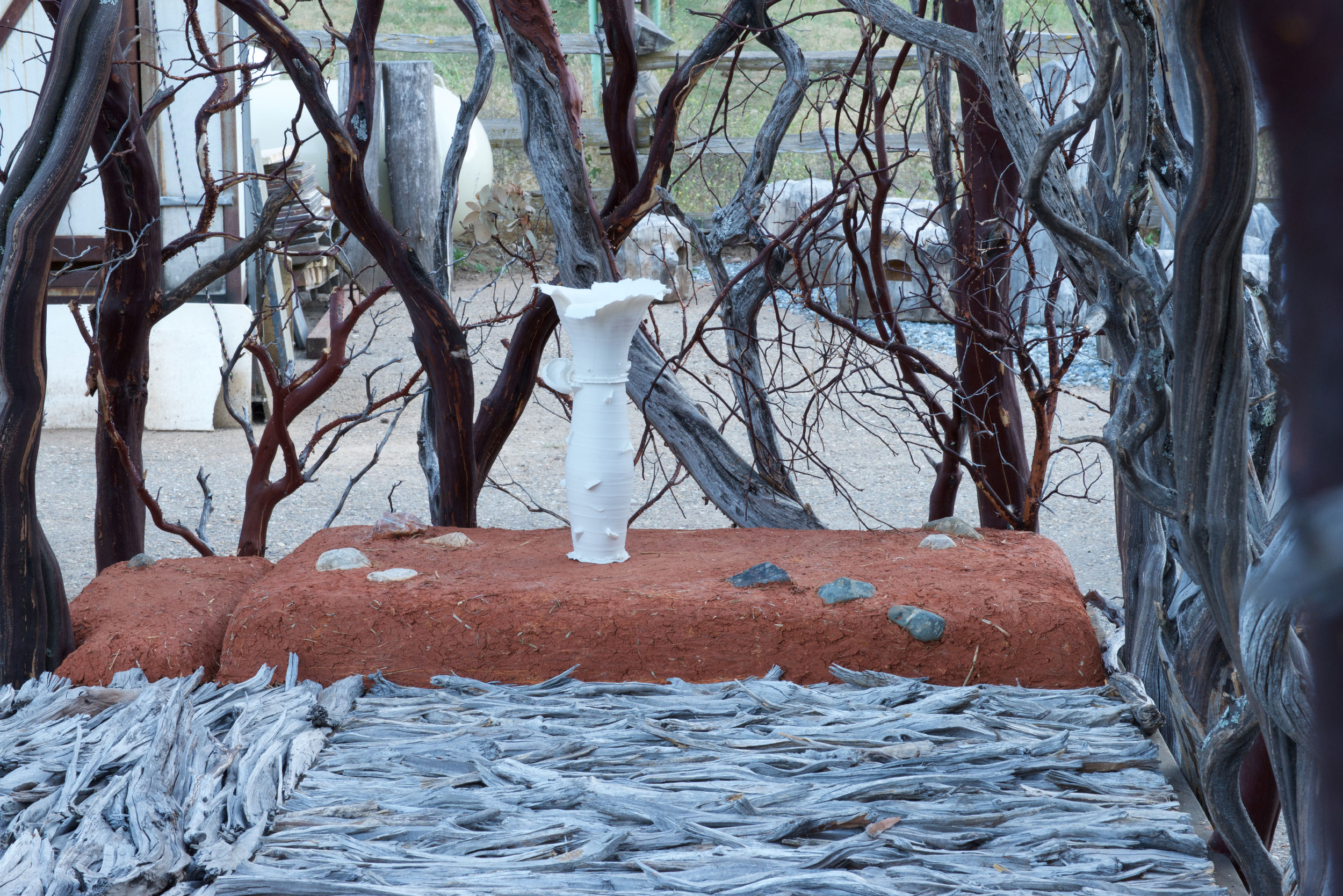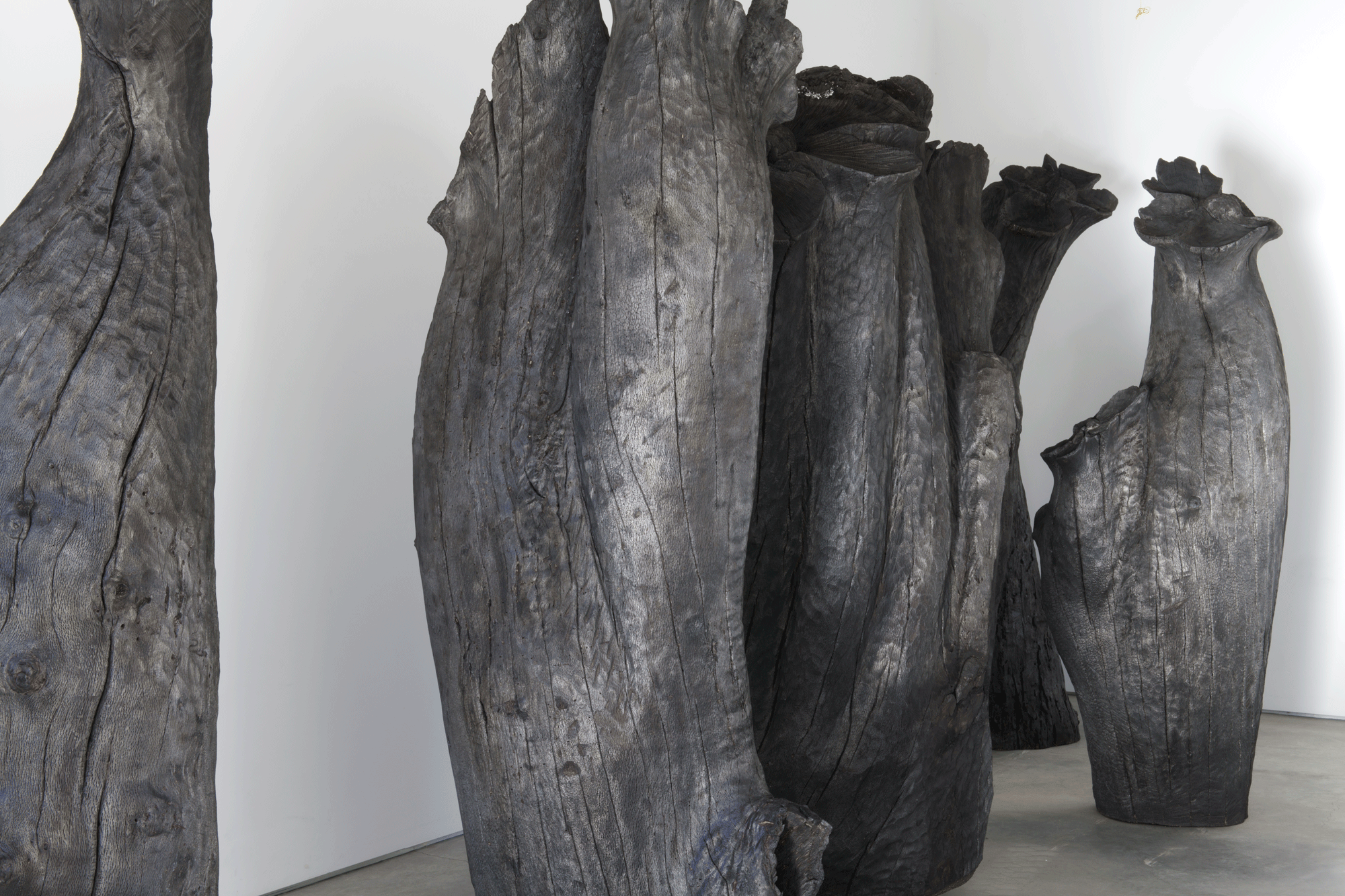
After spending the majority of my life living and working in urban environments, I am now currently situated in the wilderness, miles away from society in the foothills of the Sierra Nevada Mountains in Northern California. The land around me is abundant with pine, oak, and cedar trees, many of which are hundreds of years old. After living among these trees for several years, I find myself living in harmony with them, basking in their beauty and presence in their domain. Drawing inspiration from the environment around me, it felt natural to incorporate natural elements into my work.

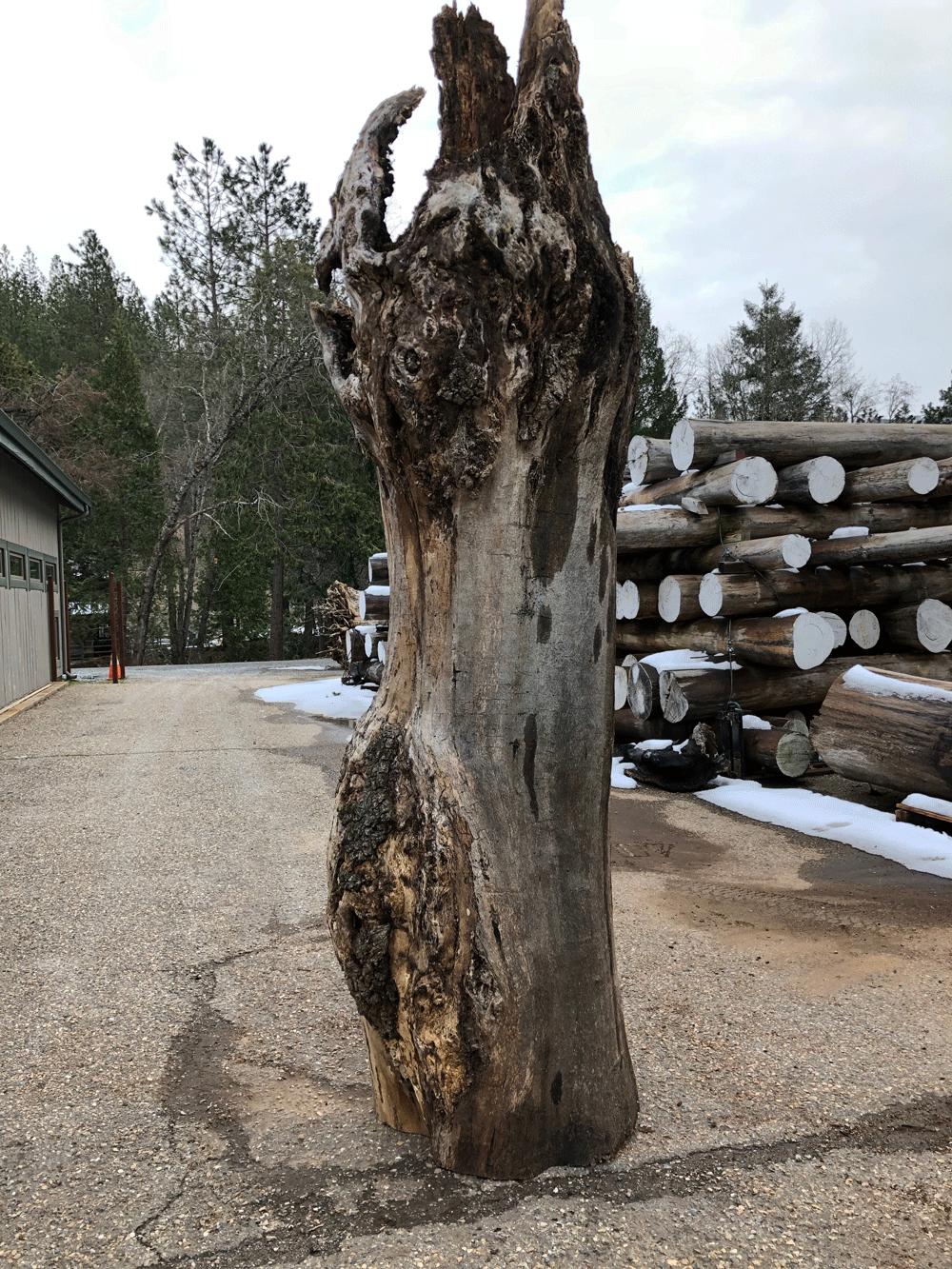
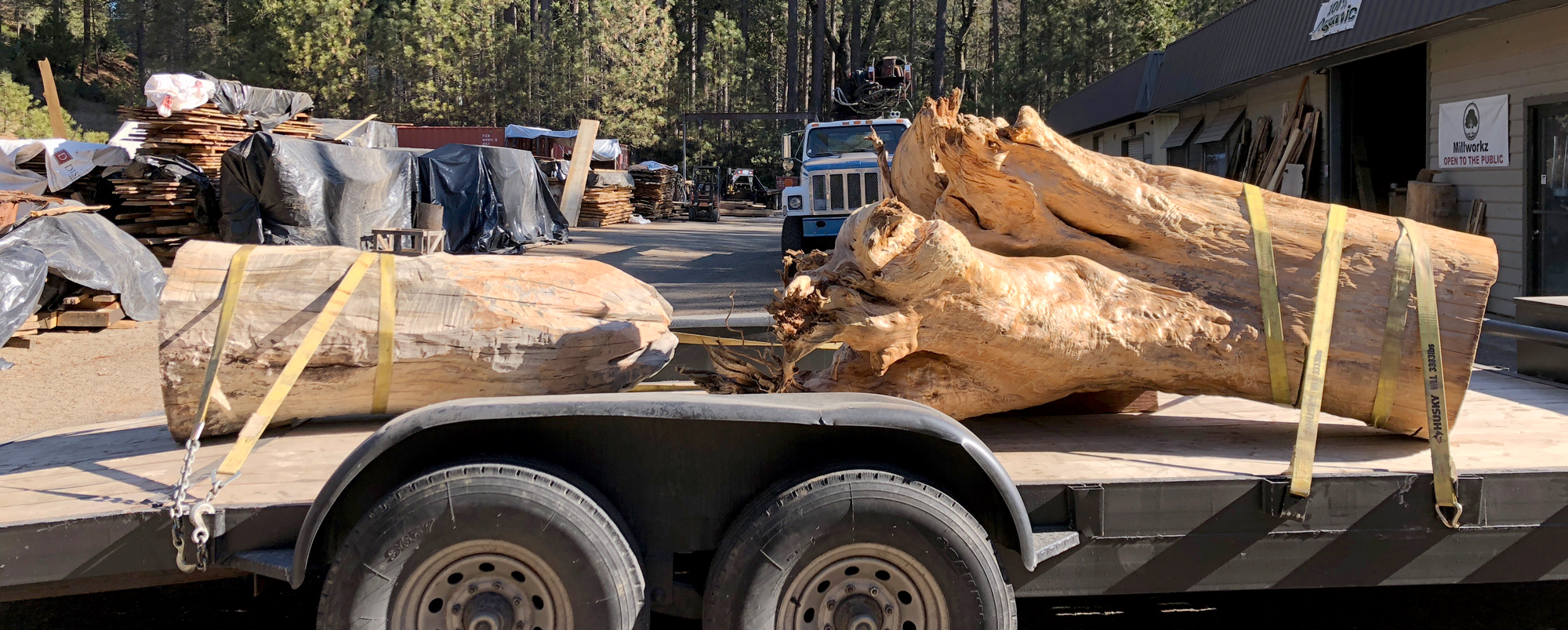





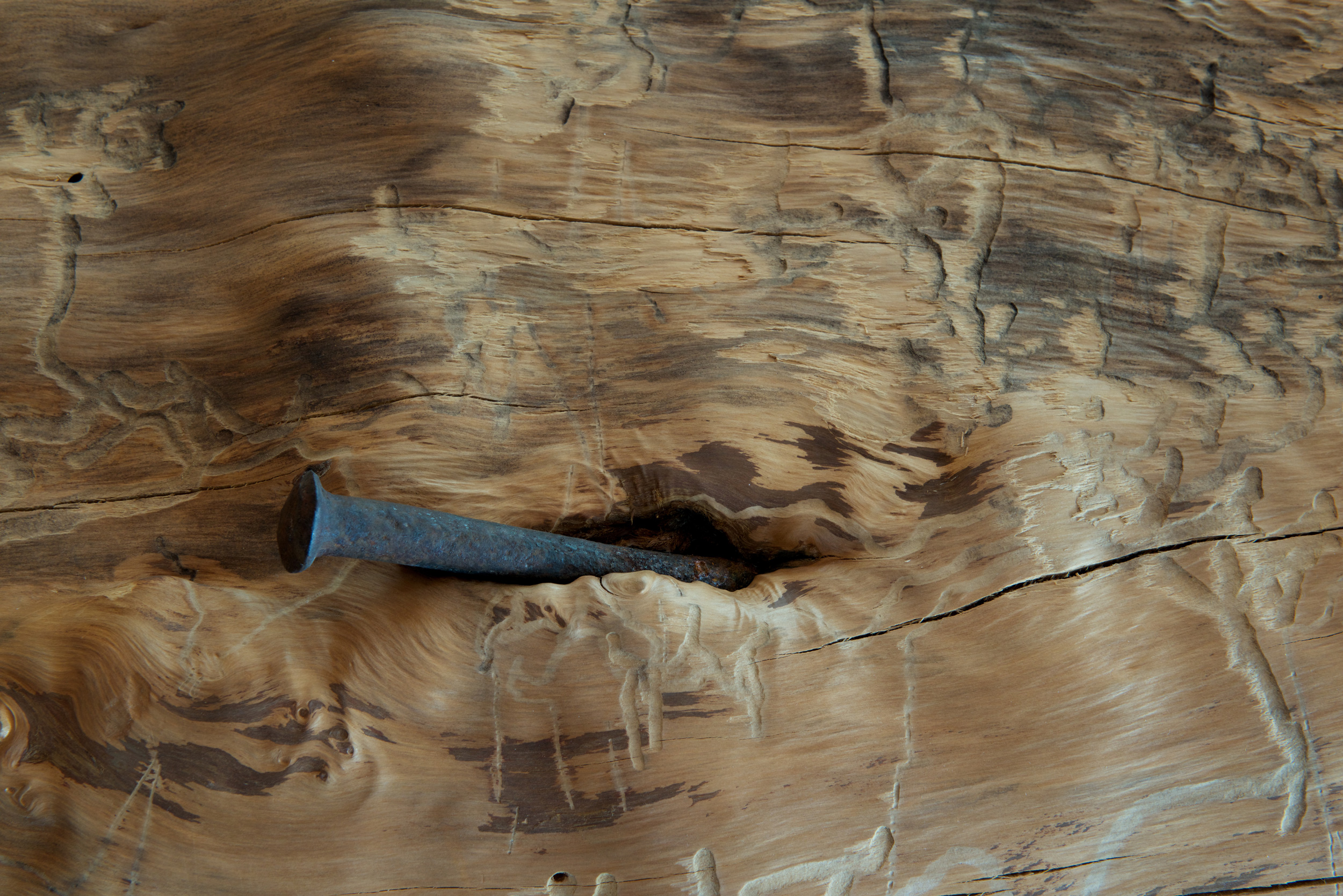
After stumbling upon the research of Dr. Suzanne Simard, a professor of forest ecology at the University of British Columbia's Department of Forest and Conservation Sciences in Vancouver, and Peter Wohlleben, a German forester and author of books such as "The Hidden Life of Trees: What they Feel, How they Communicate", I started to look at these trees differently.
"A forest is much more than what you see.... underground there is this other world, a world of infinite biological pathways that connect trees and allow them to communicate, and allow the forest to behave as though it's a single organism."
Communication through water has been a core subject of my work for many years. As I continue to explore this concept in my new works, introducing wood seemed like a natural progression.
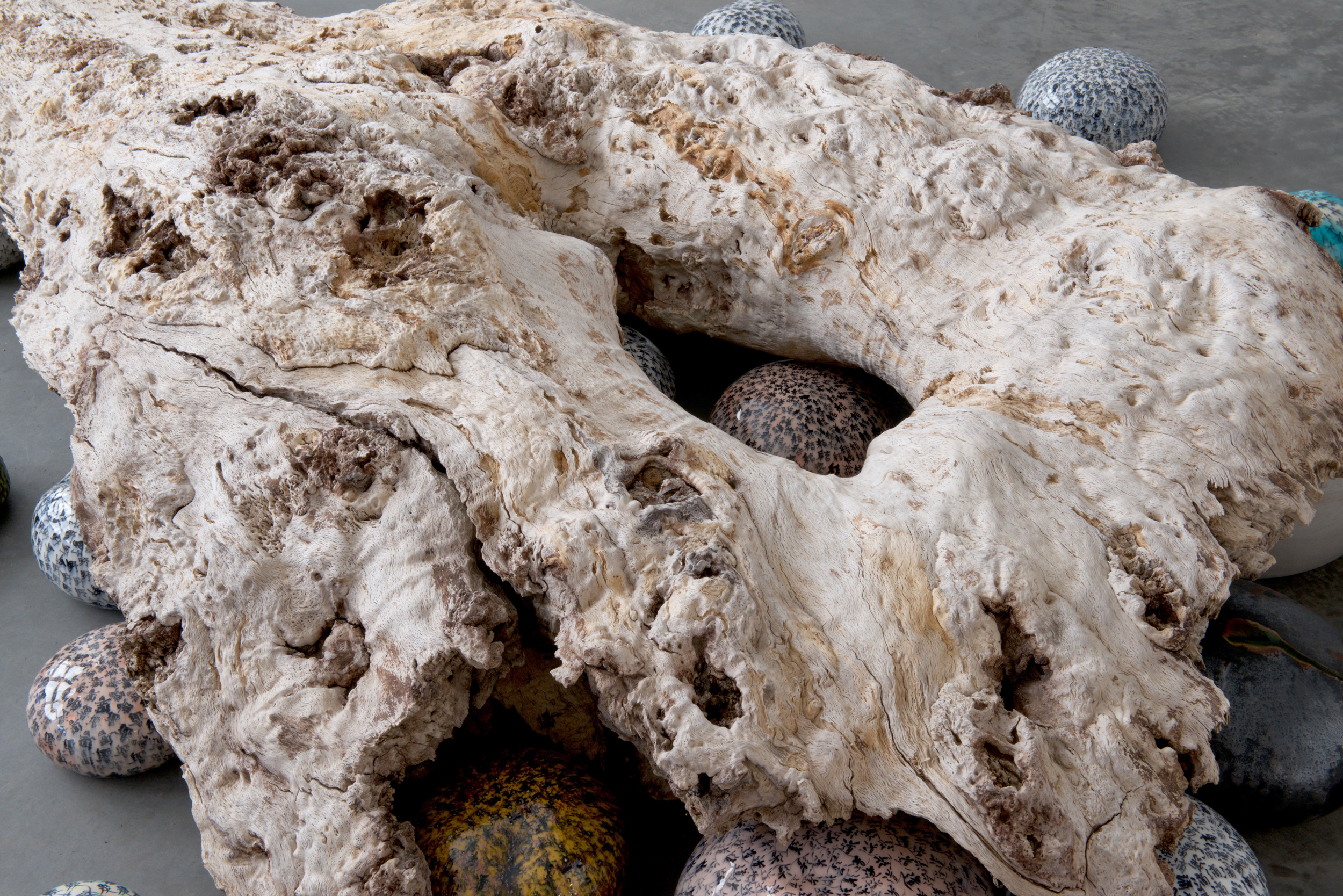
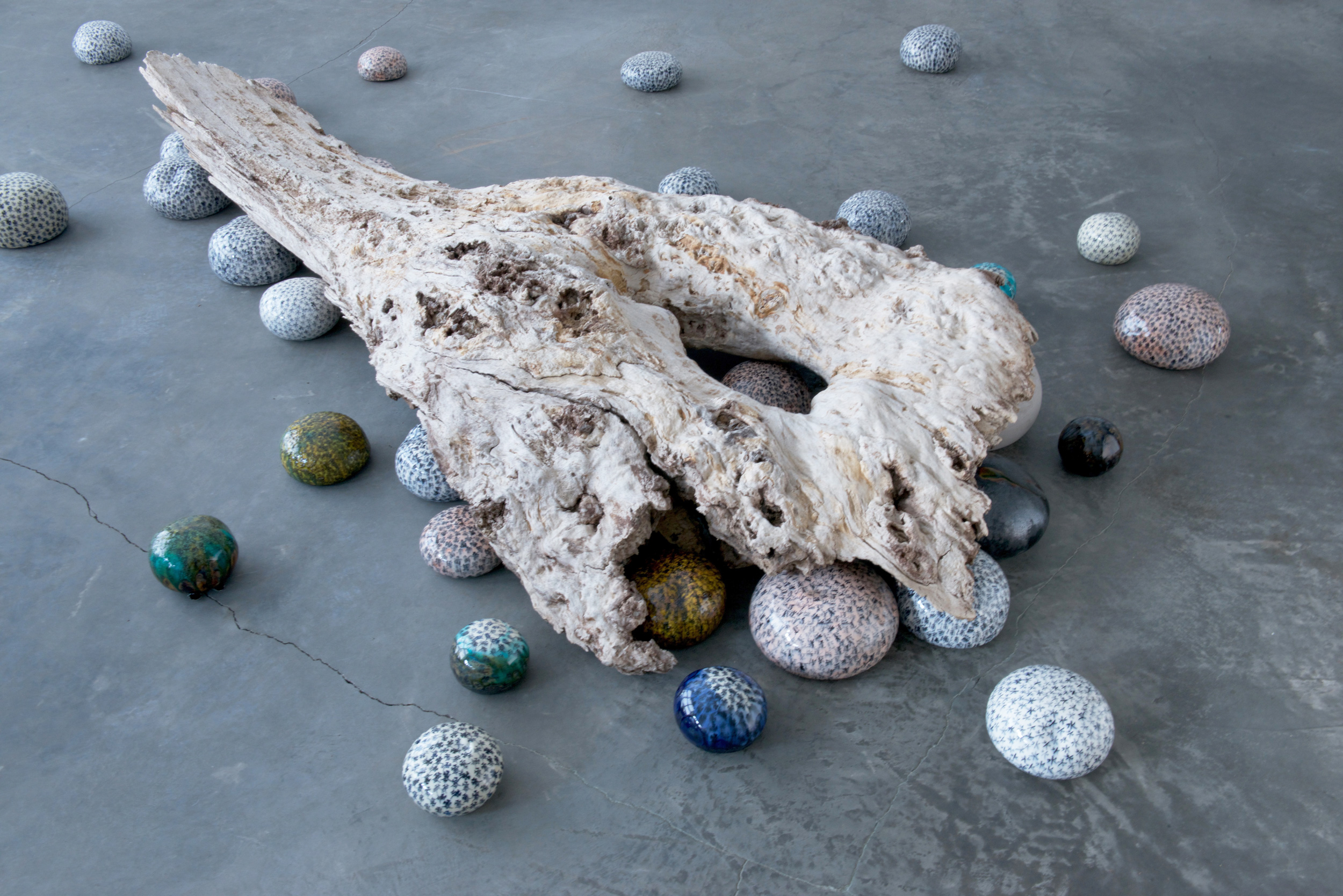
The concept behind this new work centers around notions of communication and harmony. The ceramic pieces are each inscribed with Japanese characters, denoting themes of water, respect, communication, and knowledge, among others. The ceramic pieces are presented around the wood, and in some cases sculpted into the wood itself, serving as a means of communication between the viewer and the object.
